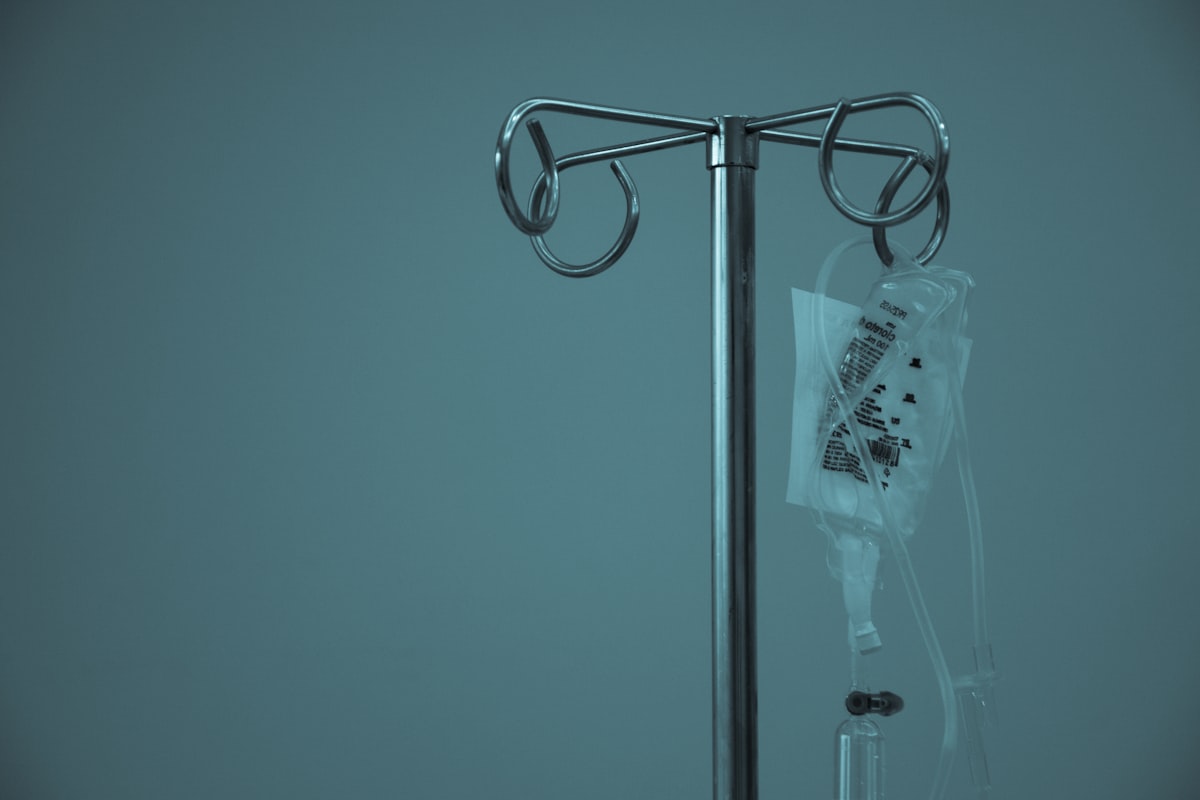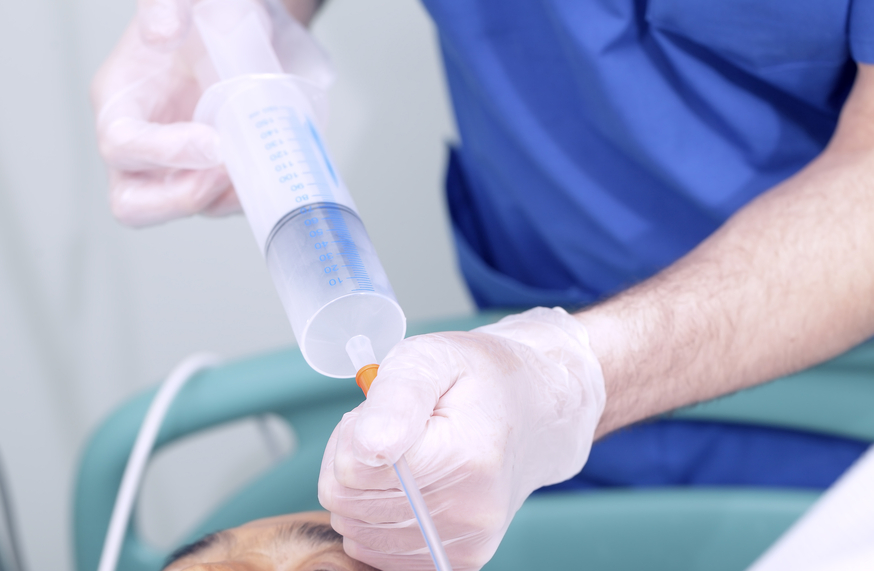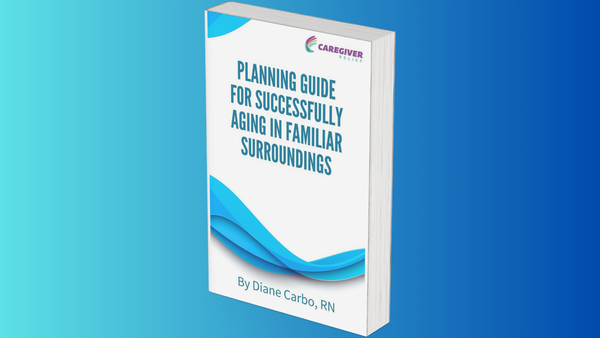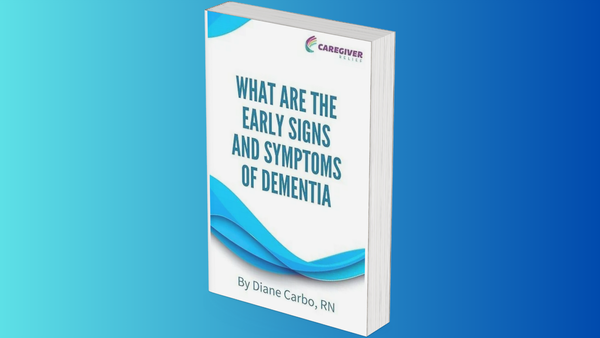Feeding Tube Removal: Understanding the Pros and Cons
Learn about the reasons why a feeding tube may be inserted and discontinued, and weigh the pros and cons of this life-sustaining treatment. Get informed with our latest article.

Question: When is the feeding tube typically removed?
- Sharon
Response:
Sharon, your question about when a feeding tube is removed is a valid one, but it's crucial to consider the context of its usage. Feeding tubes serve as life-sustaining measures in some cases, rather than curative solutions for underlying conditions.
The decision to insert or remove a feeding tube depends on various factors, including the individual's specific medical condition, goals of care, and healthcare provider recommendations.
Feeding tubes are employed for numerous reasons and may be discontinued for various causes as well. To provide you with more relevant information, it would be helpful to know if you are inquiring about a person with dementia or someone dealing with a different medical issue, such as cancer.
Let me clarify that feeding tubes are not a cure for underlying conditions but are intended to provide essential nutrition and support when a person is unable to eat or digest food properly. The decision to remove a feeding tube is typically made in consultation with healthcare professionals who assess the patient's overall condition and determine whether it's appropriate to continue tube feeding.
For a more comprehensive understanding of the pros and cons of feeding tubes and the distinctions between life-sustaining and curative measures, I recommend visiting the following link:
Pro’s and Cons on Feeding Tubes
It's essential to engage in open discussions with healthcare providers to make informed decisions regarding the use and removal of feeding tubes, taking into consideration the patient's specific needs and circumstances.
Additionally, if you'd like more detailed information about PEG tubes (Percutaneous Endoscopic Gastrostomy), which are commonly used feeding tubes, please feel free to ask. PEG tubes are inserted directly into the stomach through an endoscope and are particularly beneficial for individuals who struggle with swallowing or food digestion.
Potential complications associated with PEG tubes should also be considered, including infection at the insertion site, bleeding, aspiration pneumonia, peritonitis, and gastrointestinal issues. Monitoring and promptly reporting any changes in the patient's health status to the healthcare team is crucial for providing appropriate care and support.
Diane Carbo, RN
Our Resources section can help you find the information and tools that you need. We have courses, videos, checklists, guidebooks, cheat sheets, how-to guides and more.
You can get started by clicking on the link below. We know that taking care of a loved one is hard work, but with our help you can get the support that you need.
Click here to go to Resources Section now!
You might also like this article:






